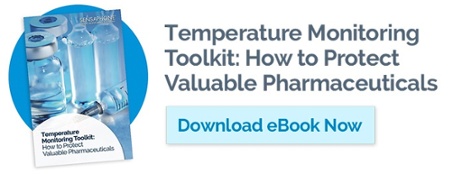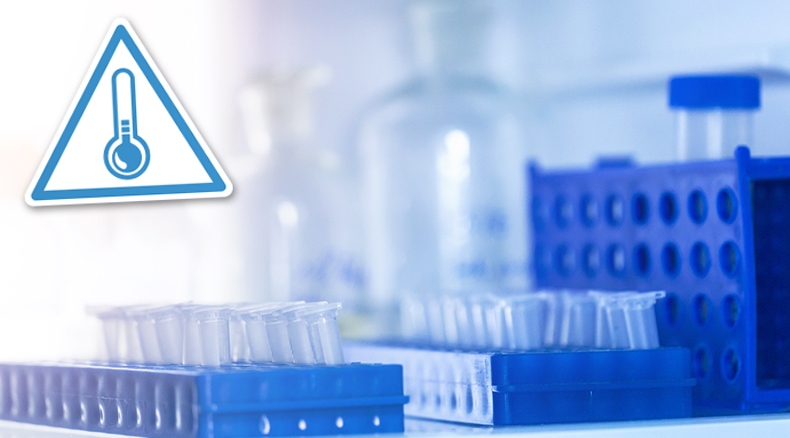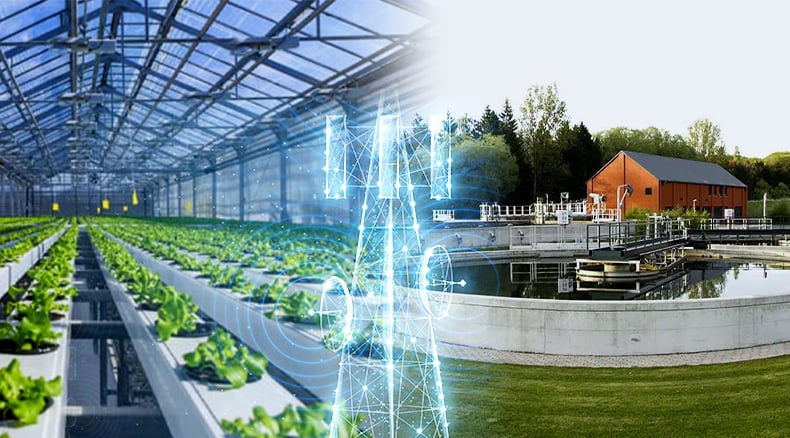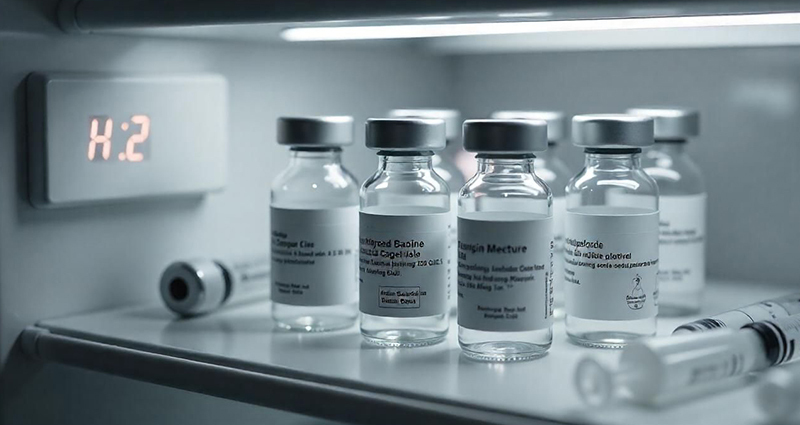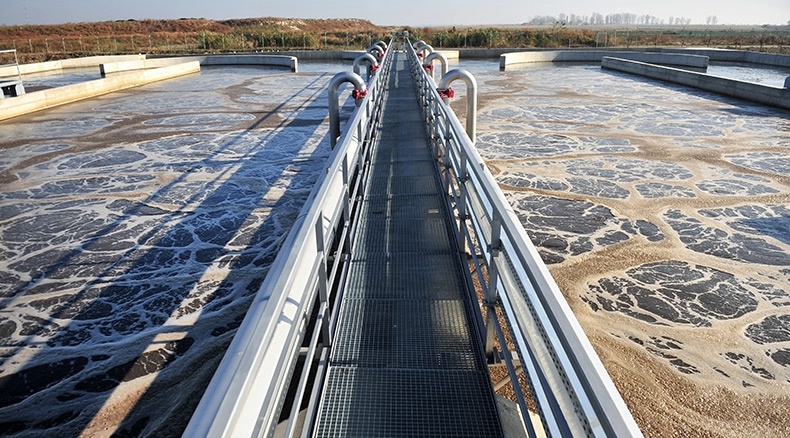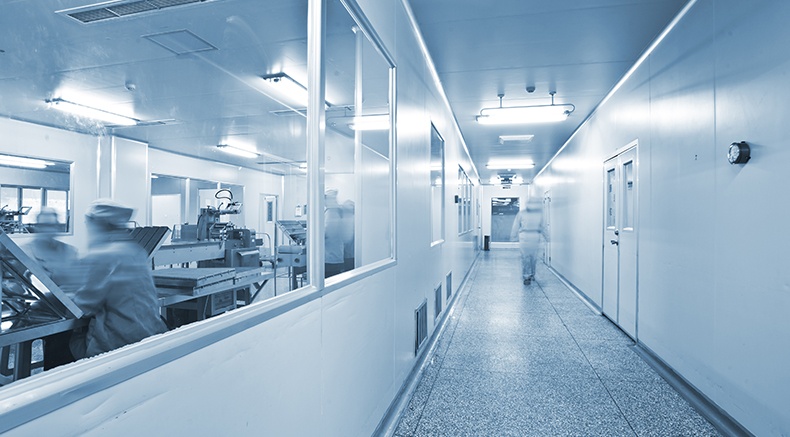
Many manufacturing and research processes require a clean production environment where operators can control factors like temperature, airflow, humidity and airborne particulates. These work areas must maintain specific parameters to ensure that environmental conditions don't compromise the products in any way.
When controlled environments don’t meet standards to prevent particle contamination, operators must maintain designated cleanrooms. Operations that require cleanrooms include electronics production, pharmaceutical processes, medical and scientific research, aerospace manufacturing and optics development.
It’s critical that you use the right sensors to monitor your controlled environment or cleanroom. Immediate notification when conditions fall outside of preset parameters can save you thousands of dollars in lost products, R&D and personnel time.
ISO Standards for Cleanrooms
Cleanrooms must comply with International Standards Organization (ISO) global classifications and standards. ISO 14644-1 specifies the classification of air cleanliness in terms of concentration of airborne particles in cleanrooms. It classifies cleanrooms by the maximum acceptable number of particles by size in the air, per cubic meter.
ISO 14644-2 specifies the monitoring required to provide evidence of cleanroom performance related to air cleanliness by particle concentration. It stipulates minimum requirements for a monitoring plan for cleanroom performance related to air cleanliness, based upon parameters that measure or affect airborne particle concentration. Cleanroom operators must test the air regularly to ensure compliance.
Environmental Monitoring Systems
Environmental monitoring systems can provide early warnings of changes that can impact your cleanroom performance, such as pressure differential between the room and the outside environment. These notifications allow personnel to take fast action to correct the situation. The systems also provide data logging to demonstrate that the room is maintaining required condition levels. Additional conditions to monitor for both cleanrooms and other critical environments include temperature, humidity, airflow, vibration and power.
Important Sensors for Cleanroom Monitoring
Airflow and pressure management are vital for cleanroom environments. Sensors and transmitters help users:
- Detect the presence or absence of cool moving air
- Track relative airflow
- Find potential inefficiencies
- Develop trend information
Duct Mount Air Flow Transmitters
Duct mount air flow transmitters measure the rate of airflow and alert users when conditions fall outside of the preset threshold. Sensaphone's transmitter monitors the presence or absence of cool moving air and measures relative airflow from 0-16 meters per second. It can be used with any Sensaphone monitoring device that accepts a 4-20 mA input signal. It is especially useful for monitoring air conditioning in ducts.
Differential Pressure Sensors
Differential pressure sensors measure air pressure in two areas and indicate if there is a difference between the readings. These sensors are ideal for cleanroom applications where maintaining strict pressure differentials is essential to preventing cross-contamination. Vacuums can occur when the door is opened and they can pull dust or other pollutants into the space.
Our duct-mounted differential pressure sensor features excellent tolerance to overpressure and vibration. It's a high-accuracy digital sensor that maintains calibration and reduces unnecessary alerts. The sensor monitors positive and negative pressure from two duct mounts.
Our wall-mounted differential pressure sensor kit comes with two recessed pickup tubes to monitor differential pressure away from the sensor. The sensor monitors positive and negative pressure from two wall mounts. Both of these sensors send data to any Sensaphone monitoring device that accepts a 4-20 mA signal.
Airflow Sensors
Airflow sensors monitor the presence or absence of cool moving air and provide relative airflow as a percentage from 0 to 100. These sensors are especially useful for monitoring air conditioning systems. Our airflow sensor is compatible with any Sensaphone that will accept a 4-20mA input. The device will provide real-time data and cause your Sensaphone to activate an alarm when the airflow reaches a set threshold.
Vibration Sensors
Vibration sensors monitor the vibration velocity on a non-rotating surface and can be permanently mounted on equipment to detect unusual conditions. ISO 14644-2 does not address the monitoring of conditions like vibration or general maintenance of engineering systems for cleanrooms. However, vibration fluctuations in HVAC systems are early indicators of problems that can cause changes in environmental conditions. Our vibration sensor conforms to ISO 10816 guidelines for mechanical vibration and is compatible with all Sensaphone monitoring devices that accept a 4-20mA input.
Temperature & Humidity Sensors
Temperature and humidity sensors provide data to remote monitoring systems for data logging and alarming. There are multiple temperature sensors available. Selecting the correct sensor depends on the environment where they will be placed. It is recommended to choose a temperature or humidity sensor type that will give a live reading rather than just a simple alarm/no alarm status.
If you have specific questions about which sensors are right for your cleanroom or controlled environment, our support team is on hand to make a recommendation.

